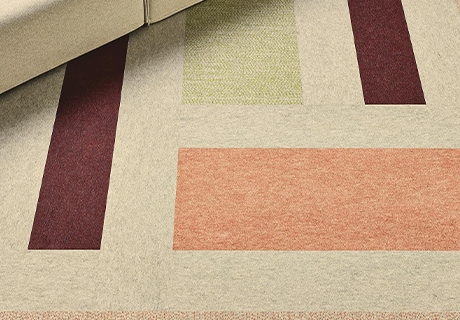Designing The Healthcare Workplace
At its core, any healthcare building is a workplace. So what are the basic elements and best practices behind making that workplace a high-performing one? A panel of designers shared some ideas Monday at the ASHE PDC Summit in San Diego.
In the session “Strategy, Culture, and Healing: The Modern Healthcare Facility as a High-performance Workplace,” moderator Cheryl Durst, EVP/CEO of the International Interior Design Association, led a discussion with Amy Sickeler, interior design principal at Perkins+Will, Edwin Beltran, principal/designer at NBBJ, and Suzen Heeley, executive director of design and construction at Memorial Sloan Kettering Cancer Center.
In terms of what exactly defines “high-performing,” Heeley said that for her organization, it’s all about creating a transformative patient experience. A deep dive at Memorial Sloan Kettering into how exactly that’s done identified three channels: the physical, operational, and digital.
For example, an optimal environment might have places for patients to plug in and recharge, to work, or to store belongings, whereas an operational lens might provide clear care pathways and optimal staffing workflows. Digitally, an app could be made available for patient information or 24/7 clinical support put in use.
Sickeler identified the trend of education within facilities, as well, with hospitals and other buildings serving as hubs where wellness-oriented and preventive health classes are being held. “We are social animals. We like to gather and we like to learn,” she said. Additionally, employee wellness amenities will stand to differentiate employers by designing active spaces such as open stairwells filled with daylight and featuring touchdown spaces for ad hoc meetings.
The hospital as a place to educate medical professionals persists, as well, with the need to support a multidisciplinary approach through simulation labs and areas for review of care practices encouraged.
Staff collaboration and designing spaces to support it was one of the biggest trends noted during the session, with Heeley describing a space design at Memorial Sloan Kettering that encourages the comingling of all staff, from physicians to environmental services workers, to share a meal and discuss processes.
Other concepts included opportunities for telemedicine and skipping the traditional conference room and using other types of seating for collaborative meetings and thinking about a sense of privacy through onstage and offstage spaces, as well as in staff lounges to create an optimal staff experience, Heeley said.
Some design best practices for supporting the healthcare workplace offered by Beltran included Lean design to be resourceful in how space is utilized to improve the patient experience, the use of rapid prototyping with staff to achieve early buy-in on new designs, and virtual reality to provide an experiential view of a space before it’s built.
As for what’s to come, Heeley said the greatest need for workspaces will be flexibility. “What’s scary is that things are really unpredictable out there right now,” she said. Buildings will be required to allow new technology to be integrated quickly or processes enhanced easily.




